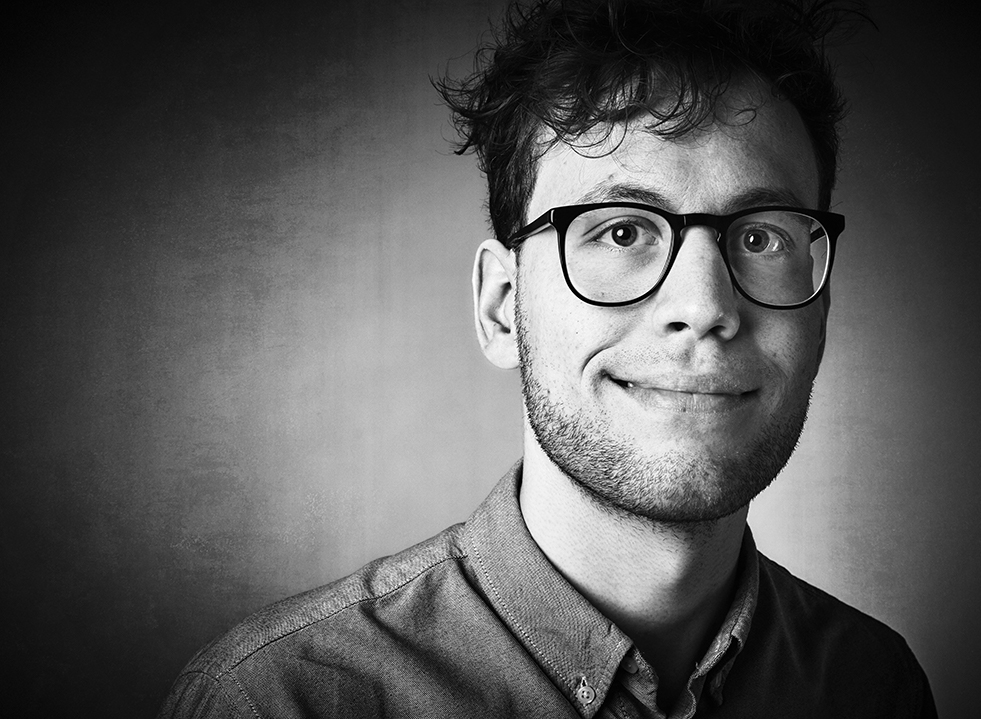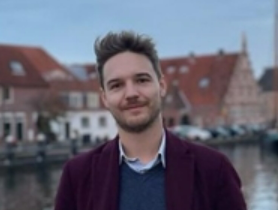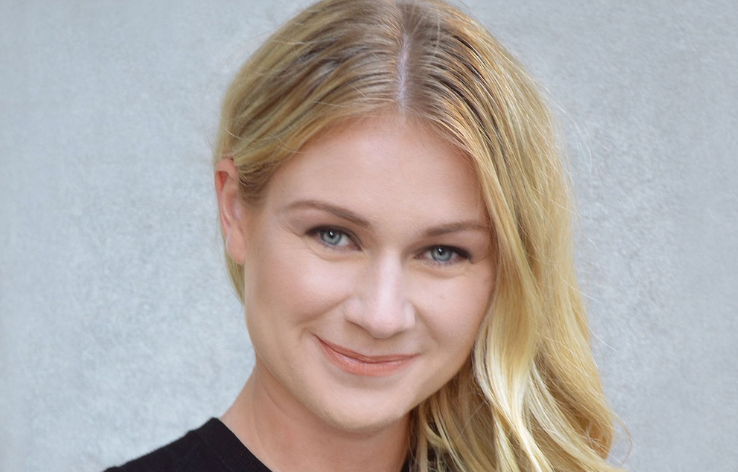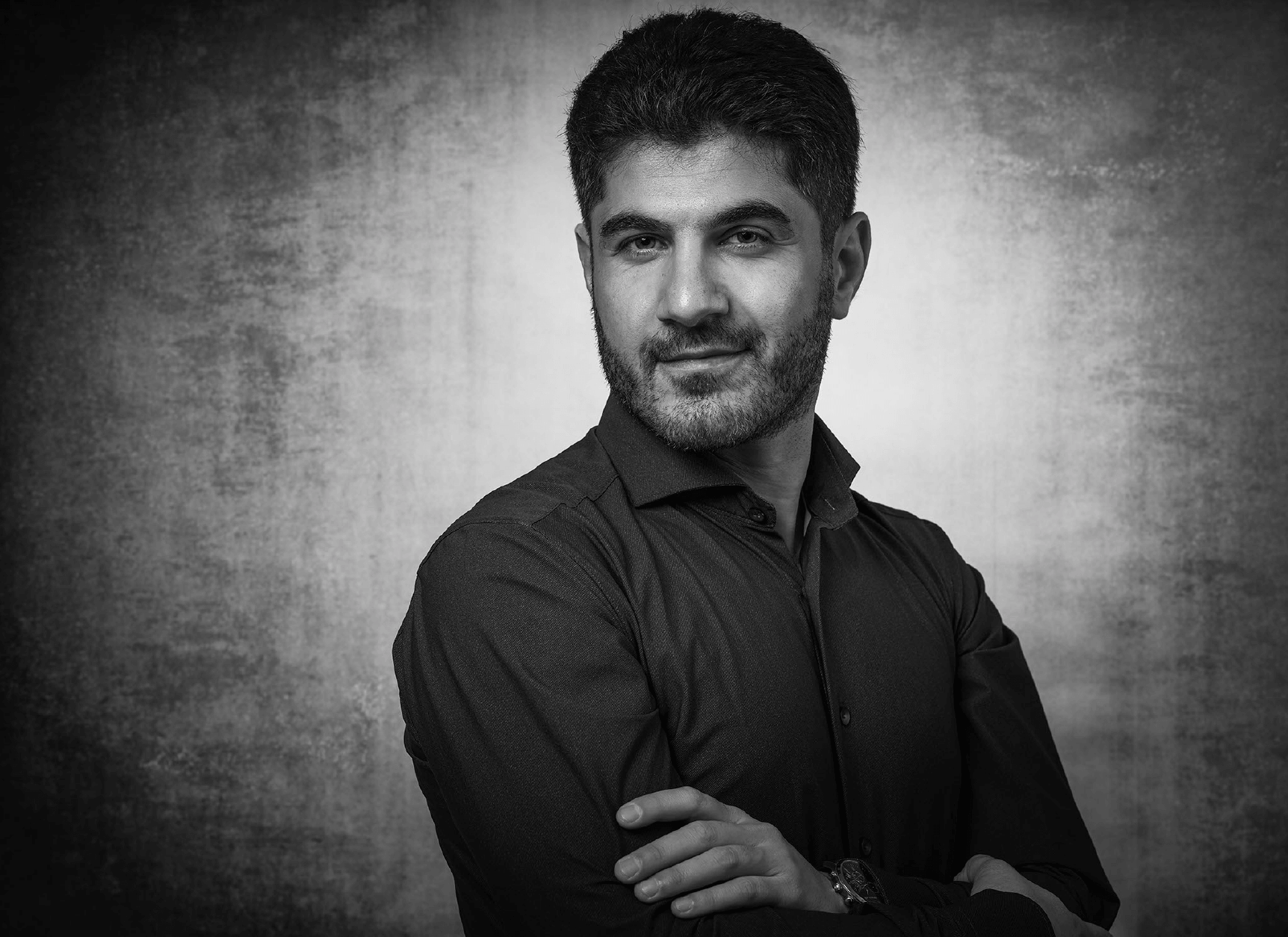Five Individual EU MSCA Fellowships to NBIA
This year NBIA breaks a new record by five NBIA scientists receiving EU Marie Skłodowska Curie Individual Fellowships. The topics range from astrophysics, gravitational wave physics, to biophysics. We congratulate the awardees and list their research projects below.
 Thomas Berlok has been awarded a two-year EU Marie Skłodowska-Curie Individual Fellowship to work on the physics of the intracluster medium found in galaxy clusters.
Thomas Berlok has been awarded a two-year EU Marie Skłodowska-Curie Individual Fellowship to work on the physics of the intracluster medium found in galaxy clusters.
 Jonas Berx has received a two-year EU Marie Skłodowska Curie Individual Fellowship to work on the project titled ‘Stochastic thermodynamics of biochemical replication’. Jonas obtained his PhD in Belgium and has worked as a post-doctoral researcher at the Max Planck Institute for Dynamics and Self-Organization in Germany and the University of Leiden in the Netherlands.
Jonas Berx has received a two-year EU Marie Skłodowska Curie Individual Fellowship to work on the project titled ‘Stochastic thermodynamics of biochemical replication’. Jonas obtained his PhD in Belgium and has worked as a post-doctoral researcher at the Max Planck Institute for Dynamics and Self-Organization in Germany and the University of Leiden in the Netherlands.
Copying information is a fundamental process in the natural world: all living systems, as well as the vast majority of man-made digital devices, need to replicate information to function properly. Resulting copies are not accurate reproductions of the original, but have accrued errors over time, which can compromise functionality. This can lead to disastrous outcomes such as cell death or unwanted mutation. At the molecular scale, however, perfect copying cannot exist due to thermal fluctuations that induce errors, regardless of the specific system. These fluctuations put fundamental constraints on the maximal efficiency that can be achieved. To overcome this, a comprehensive understanding of the thermodynamics of biomolecular copying processes is imperative.
 Sarah Pearson has received a two-year EU Marie Skłodowska-Curie Individual Fellowship to work on the project titled “Extragalactic Stellar Streams as Astrophysical Tools to Decipher Dark Matter” in the Theoretical Astrophysics group at NBIA. Sarah obtained her PhD at Columbia University in the City of New York in 2018, and has since held two postdoctoral fellowships in the US: the Flatiron Research Fellowship and the NASA Hubble Fellowship. After 10 years abroad, Sarah is returning to Denmark, where she completed her bachelor’s degree in physics in 2012.
Sarah Pearson has received a two-year EU Marie Skłodowska-Curie Individual Fellowship to work on the project titled “Extragalactic Stellar Streams as Astrophysical Tools to Decipher Dark Matter” in the Theoretical Astrophysics group at NBIA. Sarah obtained her PhD at Columbia University in the City of New York in 2018, and has since held two postdoctoral fellowships in the US: the Flatiron Research Fellowship and the NASA Hubble Fellowship. After 10 years abroad, Sarah is returning to Denmark, where she completed her bachelor’s degree in physics in 2012.
Sarah’s project will lay the theoretical groundwork and fill the missing gaps in our knowledge of thin stellar streams from star clusters in other galaxies than the Milky Way. Stellar streams from star clusters form when the clusters orbit a galaxy and get tidally stretched apart into thin streaks of stars. These thin streams are sensitive to the population of dark matter clumps in galaxies. So far thin streams have only been detected in the Milky Way, but this is about to change with data from the upcoming Roman Space Telescope. Sarah’s Marie Curie project will map where the missing thin stellar streams from clusters of stars are located in external galaxies by analyzing publicly released catalogs of globular cluster formation and evolution models, and Sarah will subsequently run state-of-the-art N-body simulations of internal star cluster dynamics to predict the detailed disruption of clusters of stars in external galaxies.
This work will facilitate direct comparisons between upcoming data and models from various dark matter particle candidate predictions. The work also provides a fundamental method of mapping the otherwise invisible dark matter, and will impact the interdisciplinary direction of dark matter research, in both particle physics and astrophysics.
 Novo Nordisk Foundation Assistant Professor Weria Pezeshkian has been awarded an EU Marie Skłodowska Curie Individual fellowship to work on the project 'Conformations of High Topological Genus Membranes'. Weria obtained his PhD from SDU, Denmark and before joining NBIA he worked as a post-doctoral researcher at the Molecular Dynamics group at the University of Groningen in the Netherlands. He started his own research group at NBIA in October 2022.
Novo Nordisk Foundation Assistant Professor Weria Pezeshkian has been awarded an EU Marie Skłodowska Curie Individual fellowship to work on the project 'Conformations of High Topological Genus Membranes'. Weria obtained his PhD from SDU, Denmark and before joining NBIA he worked as a post-doctoral researcher at the Molecular Dynamics group at the University of Groningen in the Netherlands. He started his own research group at NBIA in October 2022.
Biomembranes are an integral part of cell architecture. They provide identity to the cell as a whole and compartmentalize the inside into micro factories known as organelles. The ability of membranes to assume a variety of shapes is one of their most intriguing characteristics, which is crucial to the functioning of cells. While membranes can bend easily, their surface topology often remains constant due to a large energy barrier for topological changes. Organelle membranes, such as those found in mitochondria and Golgi apparatus exhibit high topological genus shapes. However, it is not clear why adopting such morphologies is necessary for their function.
The aim of Weria’s project is to use a bottom-up computational approach, by combining multiple molecular simulation methods, to characterize the shape of high-genus membranes. His aim is to predict different shape families, understand how to control, and stabilize these shapes, and reveal how proteins organize on the surface of these morphologies. This project will lead to a better understanding of the relationship between form and function in intracellular systems.
Alessandro Alberto Trani has been awarded a Marie Skłodowska-Curie Individual Fellowship for a project entitled "Unveiling galactic nuclei with gravitational waves". Alessandro obtained his PhD at SISSA and recently joined NBIA as a Senior INTERACTIONS Fellow.
About 90 gravitational wave events produced by the coalesce of binary black holes have been observed since 2015, and their numbers will keep growing in the next decade. The direct detection of gravitational waves has raised an unresolved fundamental question: how do black hole binaries form and merge? Alessandro's project aims at answering this question by studying the mechanisms of gravitational wave source formation using numerical analytical tools.
Specifically, the project focuses on black hole mergers occurring in galactic nuclei, where the presence of a supermassive black hole and an accretion disc may uniquely affect the properties of the gravitational waves that we detect on Earth. Alessandro's results will help shed light on the properties of galactic nuclei by uncovering the link between gravitational waves and their environment.
